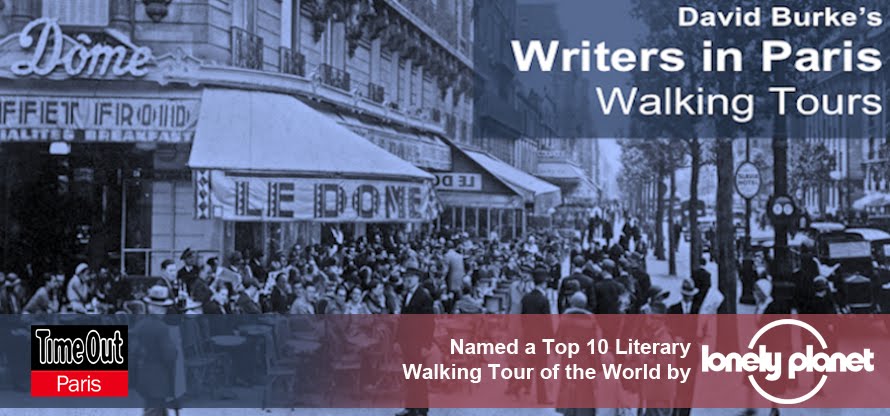 |
| Edith Wharton |
In 1906 Edith Wharton and her husband Teddy sublet George Vanderbilt’s spacious apartment at No. 58 Rue de Varenne, now an annex of the Prime Minister’s office. She was forty-four years old, a famous novelist thanks to her second novel, The House of Mirth, a critical and financial success the previous year, but she was suffocating intellectually in the high society circles of New York and Newport. Wharton was fluent in French thanks to a childhood spent in Europe, and she wanted to challenge her mind in the vibrant cultural climate of Paris, which she adored. “Je l’ai dans mon sang,” she wrote in her diary. Henry James called her the “pendulum woman” because of her clockwork-like annual visits. Between 1885 and 1914, she made sixty to seventy Atlantic crossings. This time she meant to stay through the winter. The Whartons arrived with six servants, a cook, their automobile and chauffeur, and two dogs.
 |
| 58 Rue de Varenne |
Fullerton alternated between brief periods of passion
 |
| Morton Fullerton |
 |
| 53 Rue de Varenne |
“My years of Paris life were spent entirely in Rue de Varenne – rich years, crowded and happy years.”
But these years were also blighted by her relationship with Teddy, a mentally unstable man twelve years her elder with whom she had never had an emotionally, intellectually, or sexually fulfilling marriage, who secretly squandered her money, and was a philanderer to boot. His wayward manipulations eventually forced her to sell the splendid house she built in Lenox, Massachusetts, the Mount. In 1913, after twenty-eight increasingly painful years of marriage, she finally divorced Teddy.
With the outbreak of World War I, she threw herself into war work, creating a network of orphanages, hostels, clinics, and crafts workshops to aid displaced people in Flanders and northeastern France. Her friends André Gide and Jean Cocteau worked for “Mrs. Wharton’s Charities,” as they were known. In 1916 she was made a chevalier of the Legion d’Honneur.
After the war Wharton moved to the Pavillon Colombe, an elegant 18th century house she bought in Saint Brice-sous-Fôret north of Paris, wintering at her Château Sainte-Claire overlooking the Mediterranean in Hyères. Her final years were rife with rewards, including the Pulitzer Prize for The Age of Innocence in 1921 and an honorary doctorate from Yale two years later, the first woman to be so honored by the university. As the grande dame of American letters, she received countless literary admirers, most embarrassingly, F. Scott Fitzgerald when he visited her in 1925. He was in such awe of her, both socially and artistically, that he kept fortifying himself with little nips on the drive to her house and ended up making a complete ass of himself. She, gracious lady, took it in stride.

